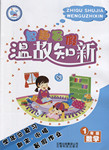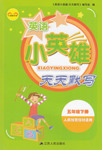题目内容
97. When he was in America, he made a journey of seven hundred miles _____ purpose to get a glimpse of the Niagara Falls.
|
A.on |
B.by |
C.with |
D.For |
【答案】
A
【解析】略

练习册系列答案
 智趣暑假温故知新系列答案
智趣暑假温故知新系列答案 英语小英雄天天默写系列答案
英语小英雄天天默写系列答案 暑假作业安徽少年儿童出版社系列答案
暑假作业安徽少年儿童出版社系列答案
相关题目
